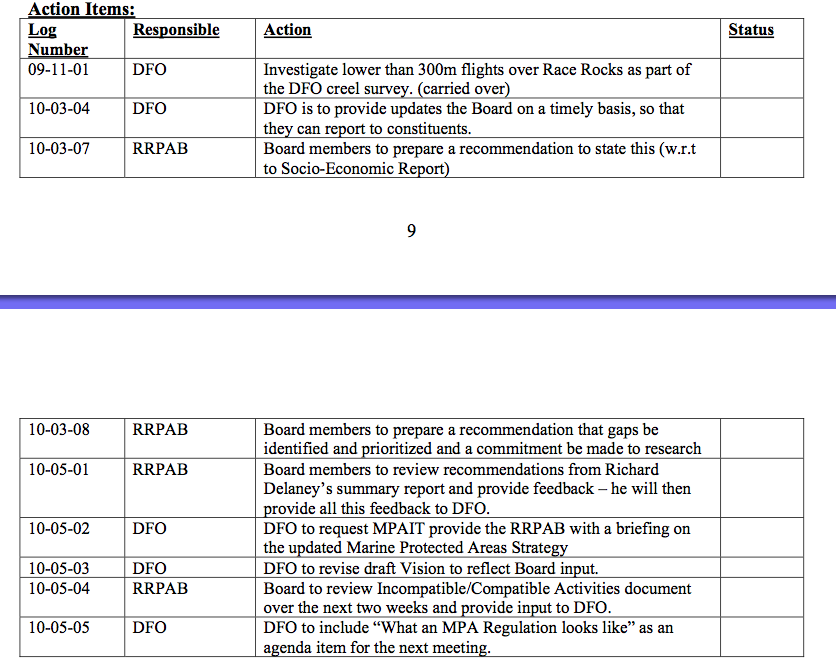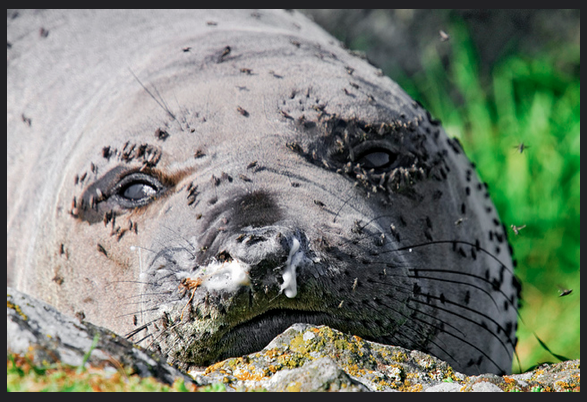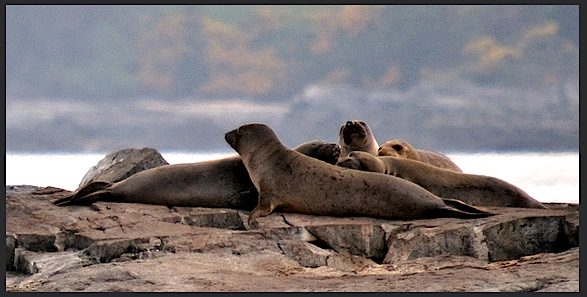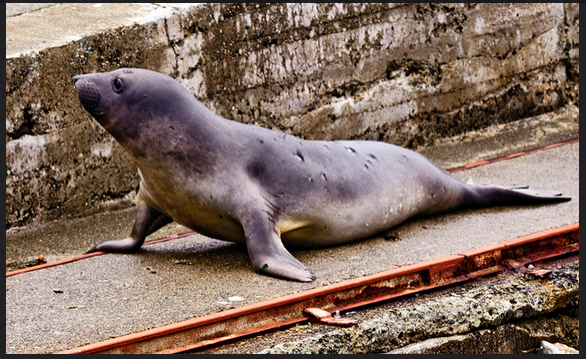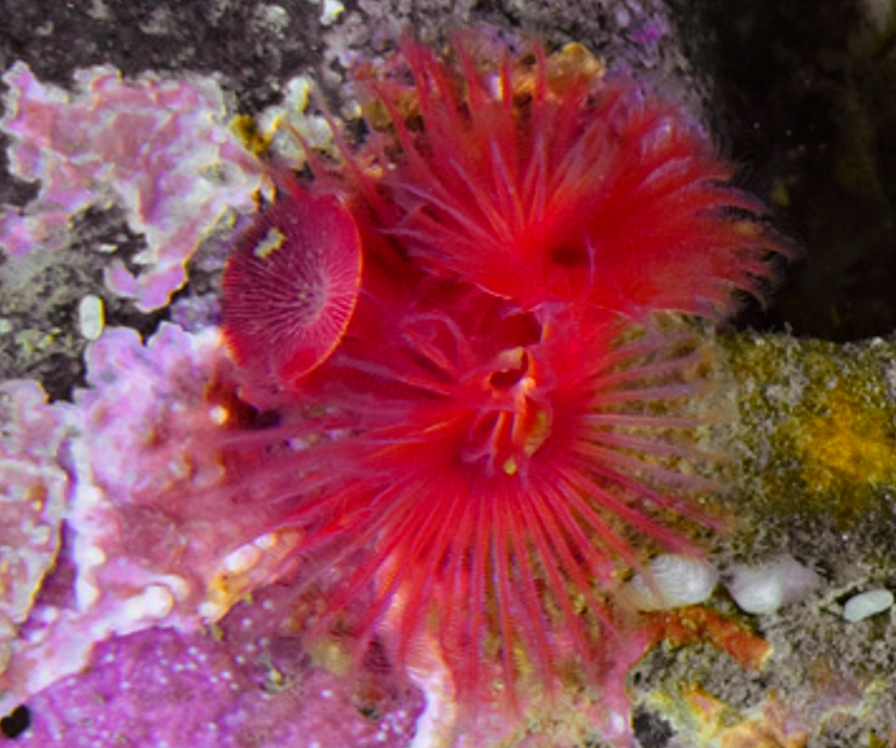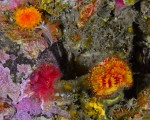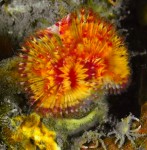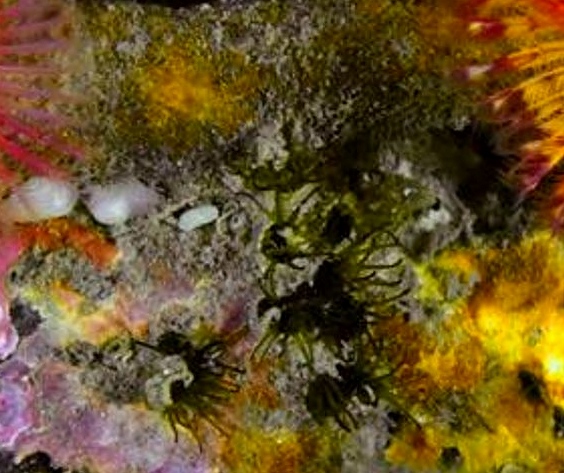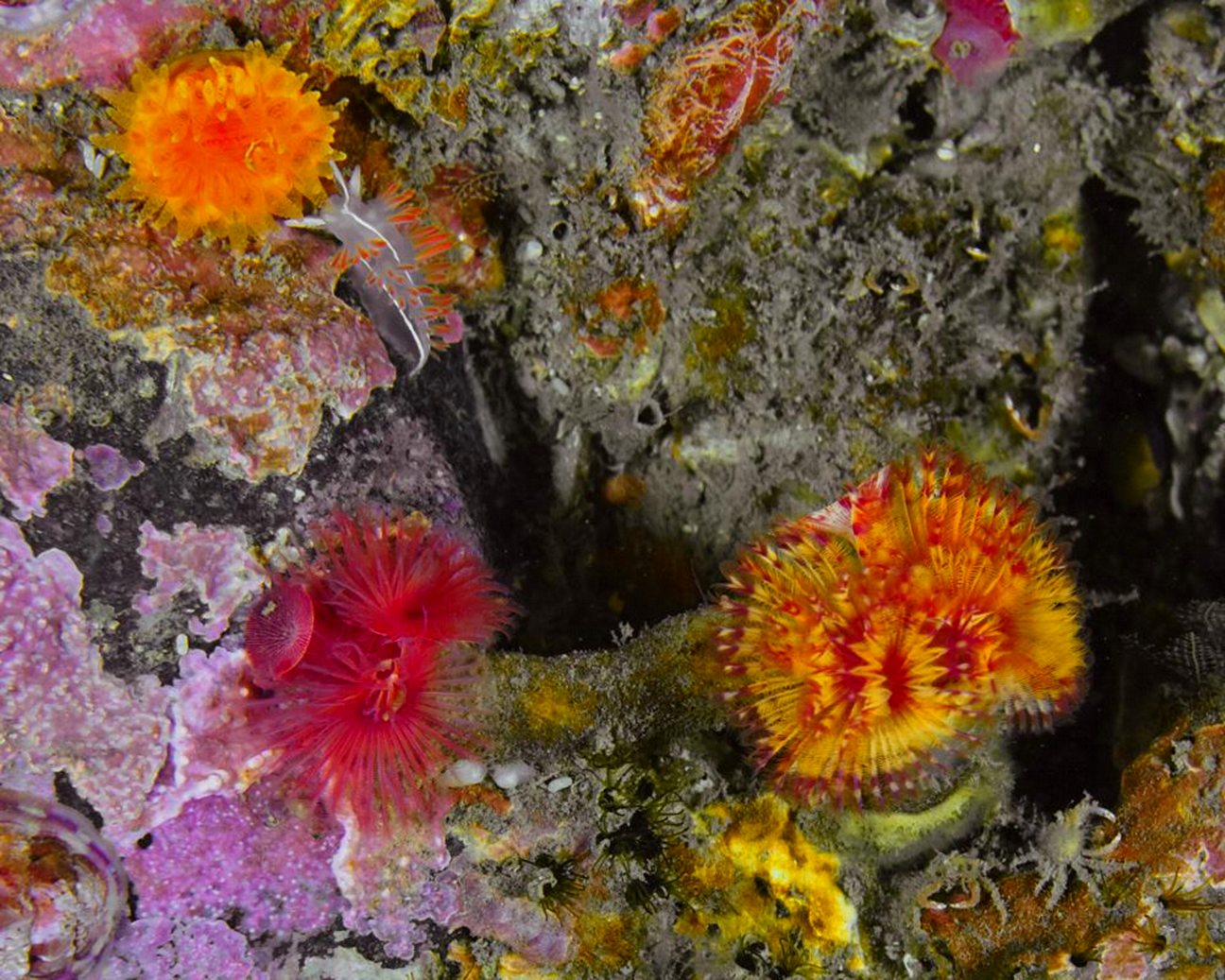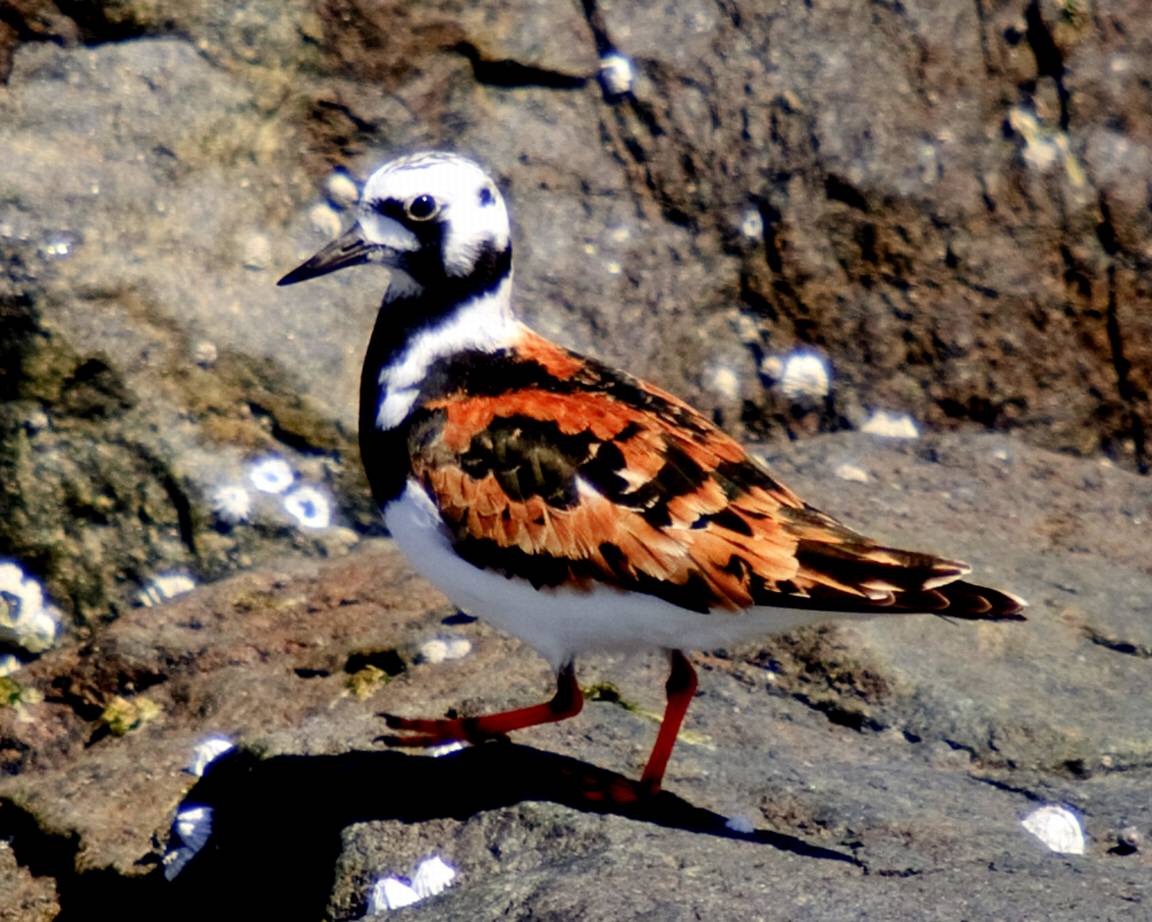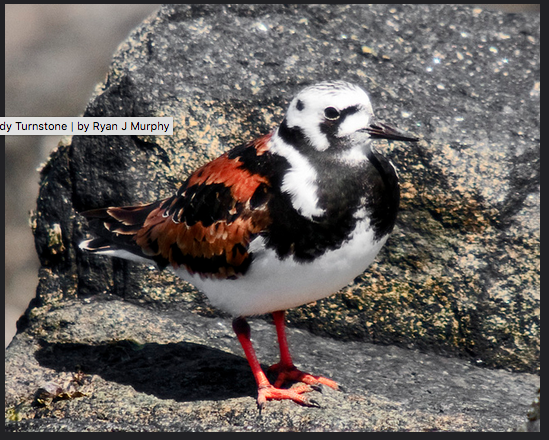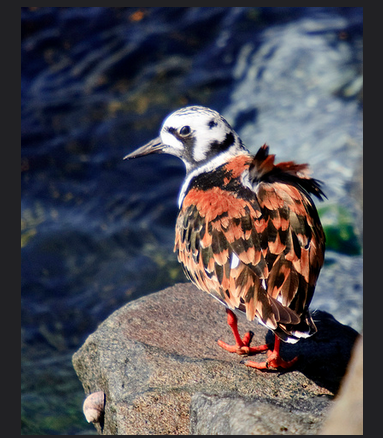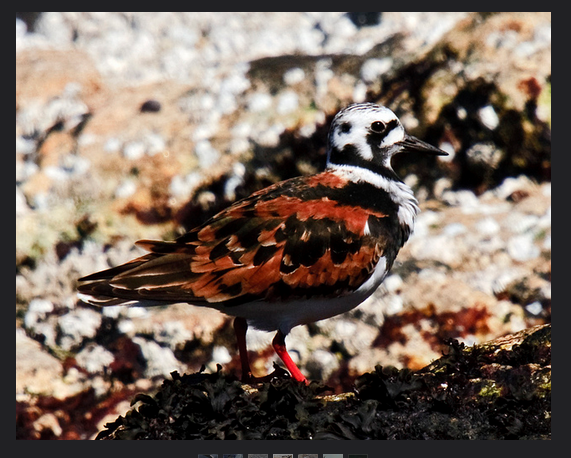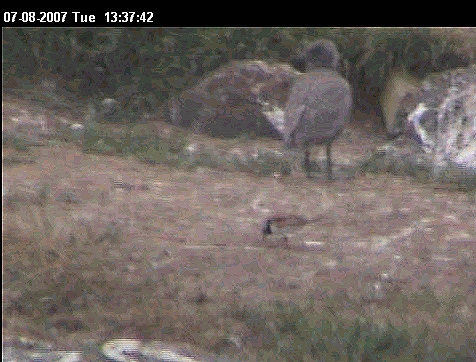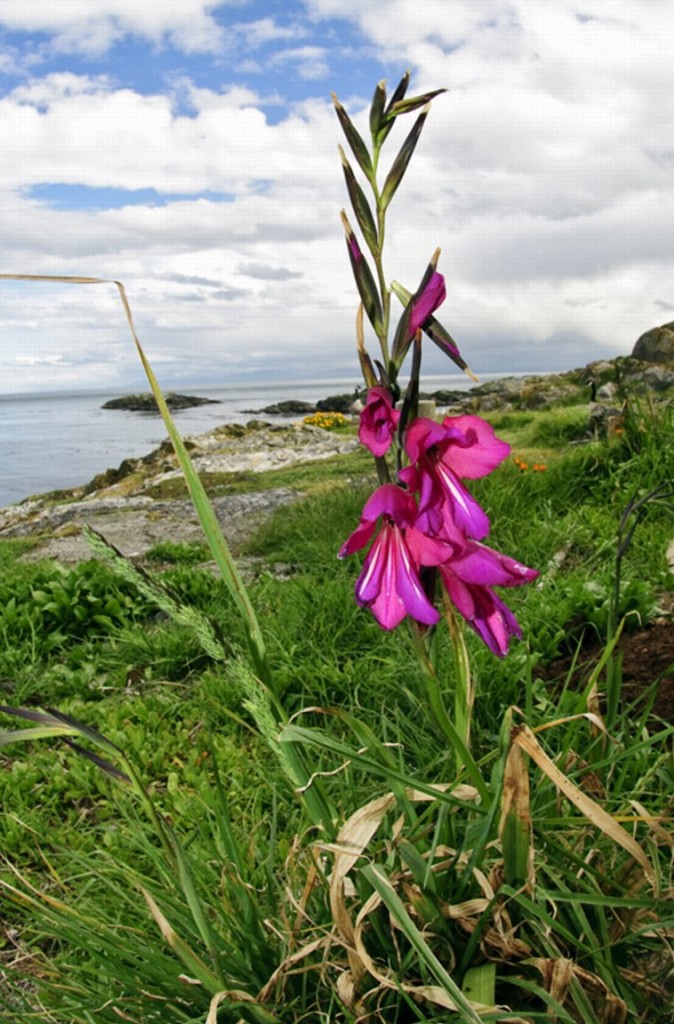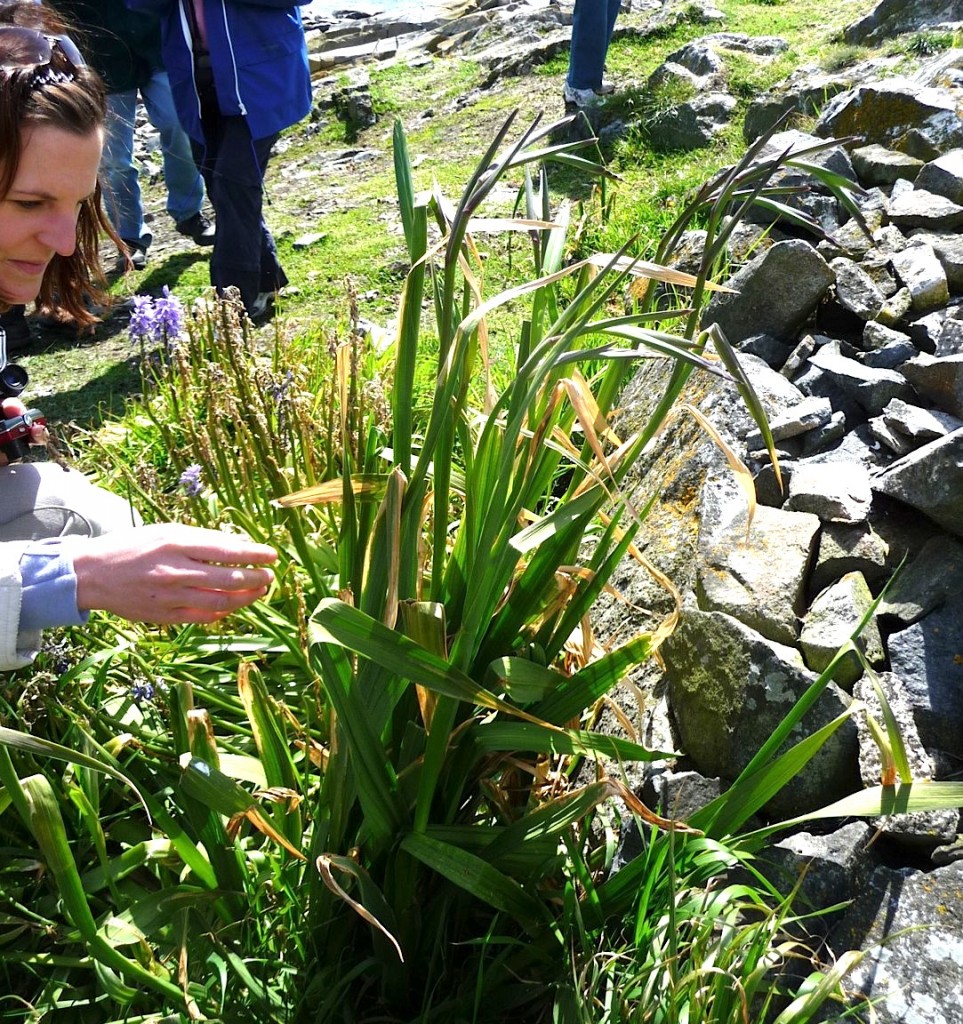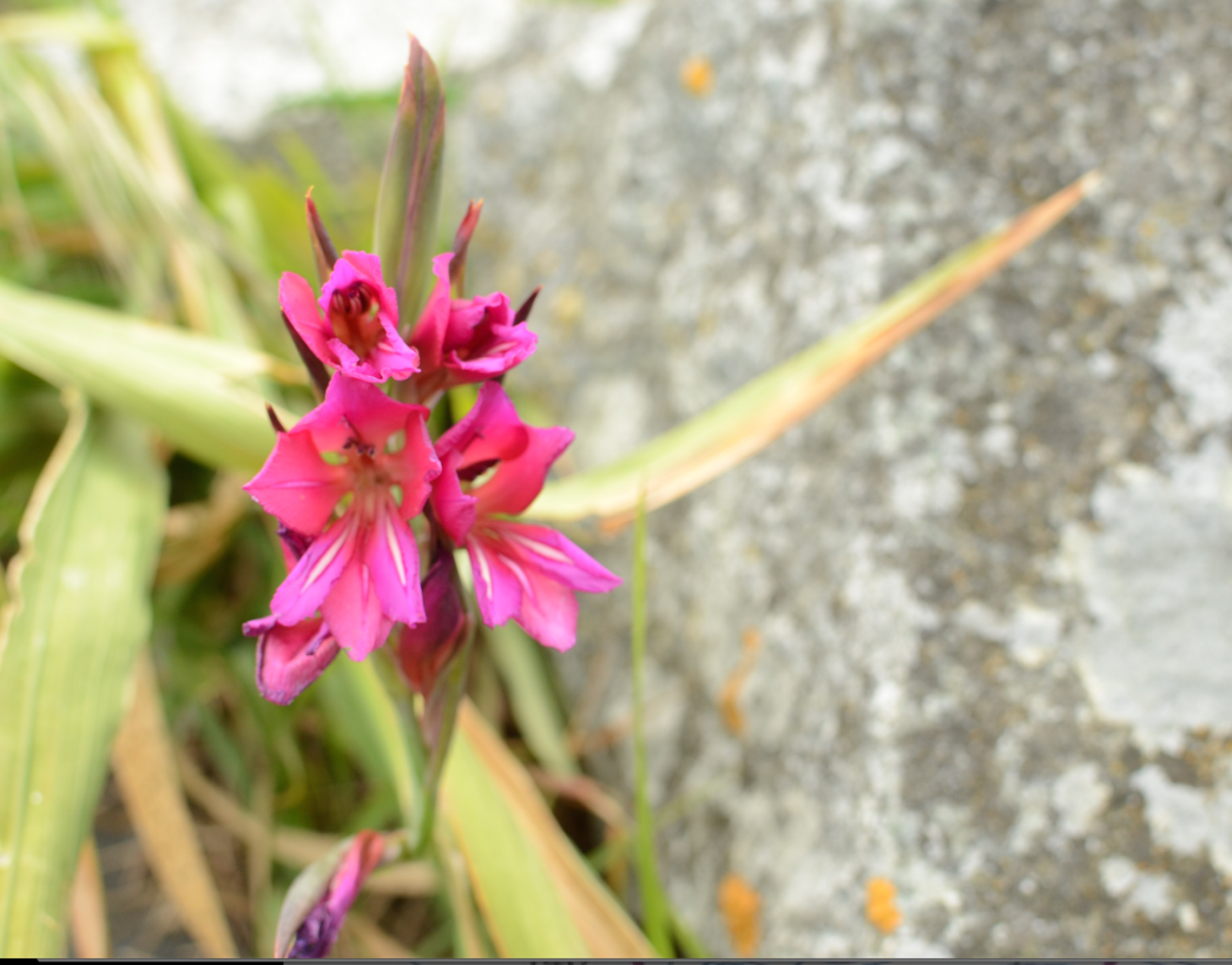MEETING NOTES
Race Rocks Public Advisory Board Meeting #4
10:00 – 15:00, 28 May 2010
Pearson College, Victoria, British Columbia
Preliminary Agenda: 2010-05-28
PDF version of this document: 2010-05-28
Meeting Goal:
To receive feedback and input for the Race Rocks Public Advisory Board (the Board) in order to move the designation process forward.
Objectives:
- To review the status of Board operations.
- To finalize a number of designation inputs / instruments.
- To provide an opportunity for DFO senior management to be involved in discussions.
Attendees:
Doug Biffard, BC Ministry of Environment
Chris Blondeau, Pearson College
Kevin Conley, Fisheries & Oceans Canada
James Dale, Wildlife Viewing Community
Mike Fenger, Friends of Ecological Reserves
Garry Fletcher, Race Rocks Ecological Warden
Darcy Gray, University of Victoria
Hilary Ibey, Fisheries & Oceans Canada
Sabine Jessen, Canadian Parks and Wilderness Society, BC
Gabrielle Kosmider, Fisheries & Oceans
Dan Kukat, Wildlife Viewing Community
Kate Ladell, Fisheries & Oceans Canada
Angus Matthews, Shaw Ocean Discovery Centre
Ryan Murphy, Pearson College
Rebecca Reid, Fisheries & Oceans Canada
Aaron Reith, First Nations Liaison
Danielle Smith, Department of Natural Defence
Richard Taggart, Sports Fish Advisory Board and Boating Public
Tomas Tomascik, Parks Canada Agency Canada
Facilitator: Richard Delaney – Delaney and Associates Inc. Items for Discussion
|
1. Welcome
|
|
2. Introductions Round table – refer to list of attendees |
|
3. Meeting #4 Agenda |
|
a. Review |
|
b. Discuss / amend / approve |
4. Meeting #3 Minutes – discuss comments / amend / approve
- – Note that comments pertaining to the DFO response to the addition to the November 2009 meeting minutes were reflected in the March 2010 minutes – this was agreed upon by the Board so that the response would not be reflected as a rebuttal in minutes.
- – Recommendation to have the summary that Dan Kukat provided at the March 2010 meeting of Action Items for Board Members and DFO (an itemized list) added to the March 2010 minutes.Review of Action Items:
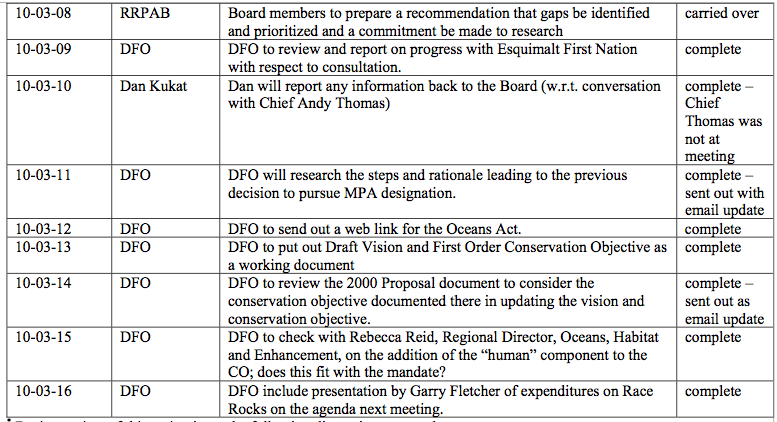
During review of this action item, the following discussion occurred:
- A Board participant expressed concern with the status of DFO’s Oceans website and identified the value of Racerocks.com in providing a complete record for the Race Rocks MPA
- Identified need for public transparency and a means to notify each other when documents are created that might
- affect the designation process.
o Gabrielle Kosmider was identified as a contact for any new/updated documents.
- Identified importance of minimizing confusion around status of documents.
- Board agreement: Drafts must be marked as “draft”, if posted on Racerocks.com.
5. First Nations Update
- – DFO and First Nations Memorandum of Understanding has been signed by Chiefs of T’Sou-ke Nation, Beecher Bay First Nation and Songhees Nation and the Regional Director General of DFO, Pacific Region.
- – Chiefs understand there are concerns from Board regarding the level of commitment of First Nations to process – therefore the MOU will be released to DFO today.
- – DFO is pursuing a meeting with Esquimalt to hear any interests they have with respect to engaging on the Race Rocks MPA process.
5. Meeting #3 Evaluation Review / Status Assessment
- – Evaluation looked at ToR and objectives of Meeting #3 – considered process and whether people were able to participate.
- – A board participant clarified that response to survey came from 6 board members and 1 DFO employee – a slim sample that may not be a true reflection of group.
- – In addition to the evaluation results, facilitator presented 10 process recommendations to help the Board move forward on their mandate. Facilitator will be refining his recommendations as part of the meeting follow up. Facilitator contact for comments (By July 2, 2010):o Richard Delaney – Delaney and Associates Inc. Ottawa: 613-837- 5890/Vancouver: 778-371-4073. Delaney@rmdelaney.com
|
– Facilitator recommended including mechanism for minute structure to concisely reflect Board recommendations, and recommendations on meeting structure, and a meeting cycle. Action Item – 10-05-01: Board members to review recommendations from Richard Delaney’s summary report and provide feedback – he will then provide all this feedback to DFO. |
|
6. Race Rocks Draft Recommendations
|
- DFO not to provide full response to recommendations at this meeting and some recommendations will take longer than others to respond to..DFO identified questions for clarification from Board to ensure does not work off wrong assumptions.
- DFO general comments/clarification points on recommendations:
- – Hear overwhelming interest in moving forward and desire to understand end result; Appreciate effort that has gone into document.
- – Have done a preliminary analysis – recommendations speak to Board’s interest to clarity re: outcomes.
- – DFO’s work plan consistent with this vision which involves getting regulations prepared. Certain pieces of information needed from Board to develop the regulatory intent package. Note the wiring diagram which clarifies those needs.
- – Re: Management Plan drafting – DFO needs to do regulatory piece but can also start drafting management plan. In reviewing recommendations, identified Management Plan recommendations and will put them into an initial draft, pull out others that fit with regulations.
- – Note the Value-Added/ Business Case document – p. 5 Table of Contents for Management Plan. Hope that this provides some comfort and clarity to those that want to see big picture before designation.
- – What is it that Oceans Act MPA designation actually does? Mandate: conservation and protection of key features including fisheries, endangered species, habitats.
- – DFO can’t accomplish a number of these recommendations on our own, and as a Board may not be able to accomplish everything. Will be clear about what we can and cannot do.
- Feedback from Board participants:
- – DND: The MPA Management Plan will lay out operational aspects of the MPA.
- – DFO: The Oceans Act doesn’t impact on the jurisdiction/mandate of any other agency. Will need to work collaboratively and agree on objectives that are consistent with the Board’s views.
- – Board participant: How will the existing ecological reserve Management Plan be modified?o DFO Response: Management plan for a provincial Ecological Reserve is different from a Management Plan for an Oceans Act MPA. Will not be an amendment to the existing plan, although MPA Conservation Objectives should complement those for the ER.
- – Province: The management plan for ER is a statement of provincial interest/intent of management of that area, which goes beyond legislative requirements of the Ecological Reserves Act.
- Three procedural requests from the Board:
1. Recommendation in favour of designation is conditional on reaching understanding on these recommendations. Want to get all issues on table now so Board will be comfortable with management intent, prior to designation.
DFO: DFO will start draft Management Plan and will begin to populate so Board can start to provide input.
2. Education and outreach – ecotourism has a role, and it’s an important concern that Board shares that the MPA mandate include these human values. May not be in conservation mandate but should be in MPA mandate.
Discussion of DFO website and MPA Strategy:
– DFO clarification: DFO website referred to last updated in 2006 –MPA Strategy identified on site was a federal-provincial draft MPA Strategy in the form of a Discussion Paper, not a DFO document, and was never finalized. The Strategy proposed objectives for a MPA strategy for entire coast, some of which went beyond scope of Oceans Act MPAs and include objectives related to the mandates of other federal and provincial agencies (i.e. Parks Canada, Environment Canada, BC Parks, etc.). Old DFO website identified the objectives in this Strategy without clarifying that they were joint objectives – therefore misleading because it was unclear that these were not Oceans Act MPA objectives but objectives inclusive of several agencies’/ ministries’ mandates.
- – New website is clear: Oceans Act MPA objectives are tied to conservation and protection of key features including fisheries, endangered species, and habitat. Purpose of Oceans Act MPAs has not changed. DFO cannot establish Oceans Act MPAs with education/outreach conservation objectives identified in regulations, however, education/outreach are key components to managing and implementing the MPA, and should be identified/expanded upon in the Management Plan.
- – Draft 1998 federal/provincial strategy is currently being updated, with intent to finalize it.
- – Parks Canada proposed briefing for RRPAB on updated MPA Network Strategy by someone from MPAIT.
Action Item – 10-05-02: DFO to request MPAIT provide the RRPAB with a briefing on the updated Marine Protected Areas Strategy.
- Angus Matthews comments:
- – Education and outreach is not identified in Oceans Act as a core regulatory need. DFO says it’s covered somewhere else and we support that.
- – When started work on Race Rocks, David Anderson said that education and outreach was part of MPA and a whole part of our buy-in was around that.
- – Have a desire to see education and outreach formalized.
- – Question whether an NMCA, not an MPA is the better tool.
- DFO – Education and outreach are valuable management tools for Oceans Act MPAs, they just can’t be written as conservation objectives within regulations. Refer to Gully Management Plan.
- Parks Canada: Race Rocks has never been and will not be considered as a National Marine Conservation Area. Education and outreach will be addressed in management.
- Marine Wildlife Viewing – Given the proximity to an urban area, education and outreach meets the bigger picture conservation objectives. Should use MPA as an educational tool internationally to increase awareness for Race Rocks. DFO’s response is extremely helpful, and lays out a timeline that includes starting work on draft Management Plan. Our ability to understand projected outcomes of the MPA is important. Would also like to see a draft MPA Network Strategy.
- DFO – the regional strategy is going up for approval internally and will then go out for external consultation. In the absence of approval, DFO will relay MPAIT briefing request.
3. Seeing final version of the regulations, before they go to Gazette.
- DFO – government is bound by certain constraints – there are restrictions on seeing advice to Ministers, or documents going to Parliament. Board cannot see regulations before published in Canada Gazette I, but can see all the pieces of the Regulatory Intent beforehand.
- Next steps for Recommendations:
– Angus to provide response in writing by Monday, he will discuss with DFO Tuesday, 10 days for other board members to provide further clarification (to Kate and Gabrielle)
|
|
7. MPA Vision/Objectives/Compatible/ Incompatible Activities
|
|
8. Expenditures to date (including budget) G. Fletcher provided background and rationale for report:
|
|
– There has been an ongoing budget since 1999 – was not aware of any work going on since 2001. – Concern with amount of time to achieve MOU, how DFO tracked, reports, and budgets funds available: suggestion that Pearson College’s ongoing expenditures should have been supported during this time period.
|
|
Terms of Reference Discussion There was discussion about how participants are identified in ToR in terms of categories vs. organization names. |
|
– Decision: ToR to be amended to include names of organizations who participate on the Board(under the interest or sector they represent).
Suggestion from Board participant to change wording in ToR re: Provincial interest. -BC Parks response: Fine with wording in ToR as-is. There was a question from the Board re: Board role at end of year.- DFO response: Goal to get regulatory intent in by March 31, 2011. Can’t finalize Management Plan until MPA designated. Once regulatory intent is in, the Board is disbanded. Once the MPA is designated, a post-designation advisory board formed to finalize Management Plan. Understand that post-designation MPAs cost money and it is our intention to have budget for that, barring unforeseen circumstances.
|
|
9. Business Case/Value Added/Wiring Diagram Review / Discussion
|
|
10. Next Meeting / Adjournment
|

